Practise Electric Violin at Home - Do It Correctly!
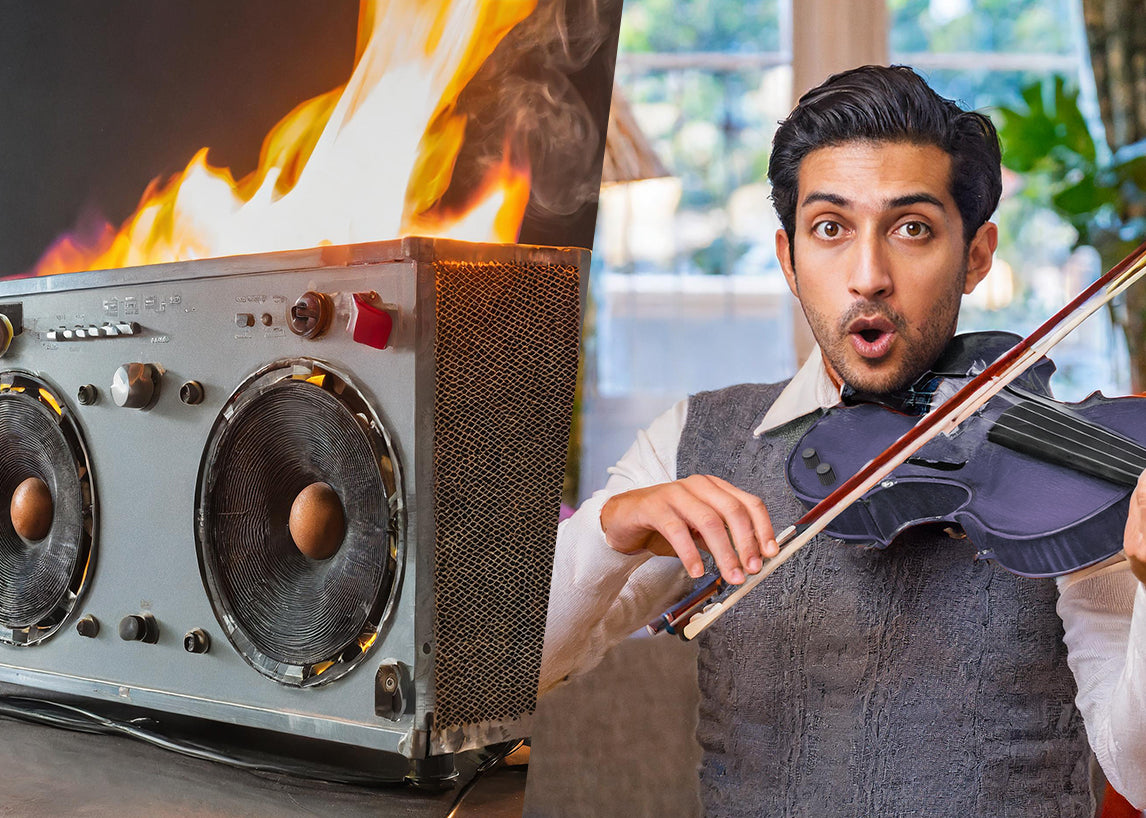
Doomed amplifier!!!
Dead violin!!!
Lightened wallet!!!
Well, it happened the other day. A new customer shared how his cheap eBay electric violin blew up an amplifier that was 10 times as expensive. It was the first time he plugged the violin in - it sounded like one big explosion, then neither the violin nor the amp worked anymore.
If our answer was to find a better electric violin, no one would ever dare to buy an affordable one that may actually work well. Here are some simple tips you could follow, in order to not only protect your gears, but also to achieve the best practising experience. We will cover both passive and active electric violins.
Connect Your Electric Violin to Amplifier - Easy Steps
What You'll Need
- An amplifier
- An electric violin (and bow, rosin, battery)
- A 1/4-inch TS instrument cable
You may have seen the balanced TRS cable, thinking an extra ring on the jack would be somehow better, while in fact it doesn’t help with sound quality, and may not work properly with some electric violins. In the worst case, it may damage some effect pedals when connecting to an active instrument.

That’s why we always include a TS cable within the package, so that people are less likely to damage their equipment quickly.
Steps to practise electric violin at home (with amp)
It looks like a lot of steps, but the simple rule is to keep the volume off before switching on/off, or connecting/disconnecting anything:
- Make sure that the amp (and violin) is turned off.
- Completely turn down volume knob on violin, and volume & gain on the amp.
- Take the cable and plug it into the violin and then to the amp.
- Turn the amp and the violin on.
- Turn the volume knob on your violin up (can start halfway).
- Turn the “master volume” knob on your amp to the desired level.
- Turn the gain knob on your amp to the desired level. Most people would increase it until the signal gets noisy, and then back off a bit.

We will talk more about gain & volume knobs on our amp later. The desired level here is more about your ears. What often happens is the level sounds ok when testing, but goes clipped in the middle of a song, as violin has probably the largest dynamic range of an instrument.
After you are done with your sessions, here’s what to do:
- Turn the volume knob on your violin down completely.
- Turn the “master volume” knob on your amp down completely (and the gain knob, too).
- Turn the amp off.
- Unplug the violin.
You won’t damage the gears 100% of the time if you occasionally fail the steps, but plugging in with high volume does risk your amp. This is exactly what happened to the customer at the beginning.
Don’t Let “Gain” Mess Up Your Tone
Most legit instrument amps come with a Gain knob and a Volume knob. They are both about volume, but why bother?

Find a good gain level
Gain happens when the violin’s signal reaches the amp. It sets the volume that goes through EQ and effects on the amp. Depending on what amp you are using, it may introduce distortion from a particular point.
In the case of passive instruments, a higher gain is required to enhance the signal to a proper level. It appears to be a dilemma, while as long as the tone is still natural enough, the gain is doing its job with no harm. However, it does mean the loudness of natural-sounding tone you can get is limited. You may consider a higher-watt amp if needed.
An active electric violin has that gain on board (preamp), so that it does not require a high gain to reach the desired volume. You still have to open the gain, otherwise the volume would be zero!
Straightforward volume level
Volume, on the other end, controls the output volume as the signal has passed the EQ and effects on the amp. It is not supposed to affect the tone.
The above discussion assumes you want a natural tone. You can, of course, use a high gain to create a distortion effect, and use a low volume to keep it safe for your ear.
Other Practise Setups
If you are comfortable with mixer or audio interface, an instrument amp is not required. Violin doesn’t have that fashion of using amp like electric guitars do. You may need a DI box, which is known for cleaning up the sound, if you are using a passive violin.
Practising correctly is just a foundation of your electric violin journey. We have written other articles covering interesting topics like effects, from a unique electric violinist perspective that no one else on the internet is doing.
Do you have any tips on practising? Let us know in the comments!








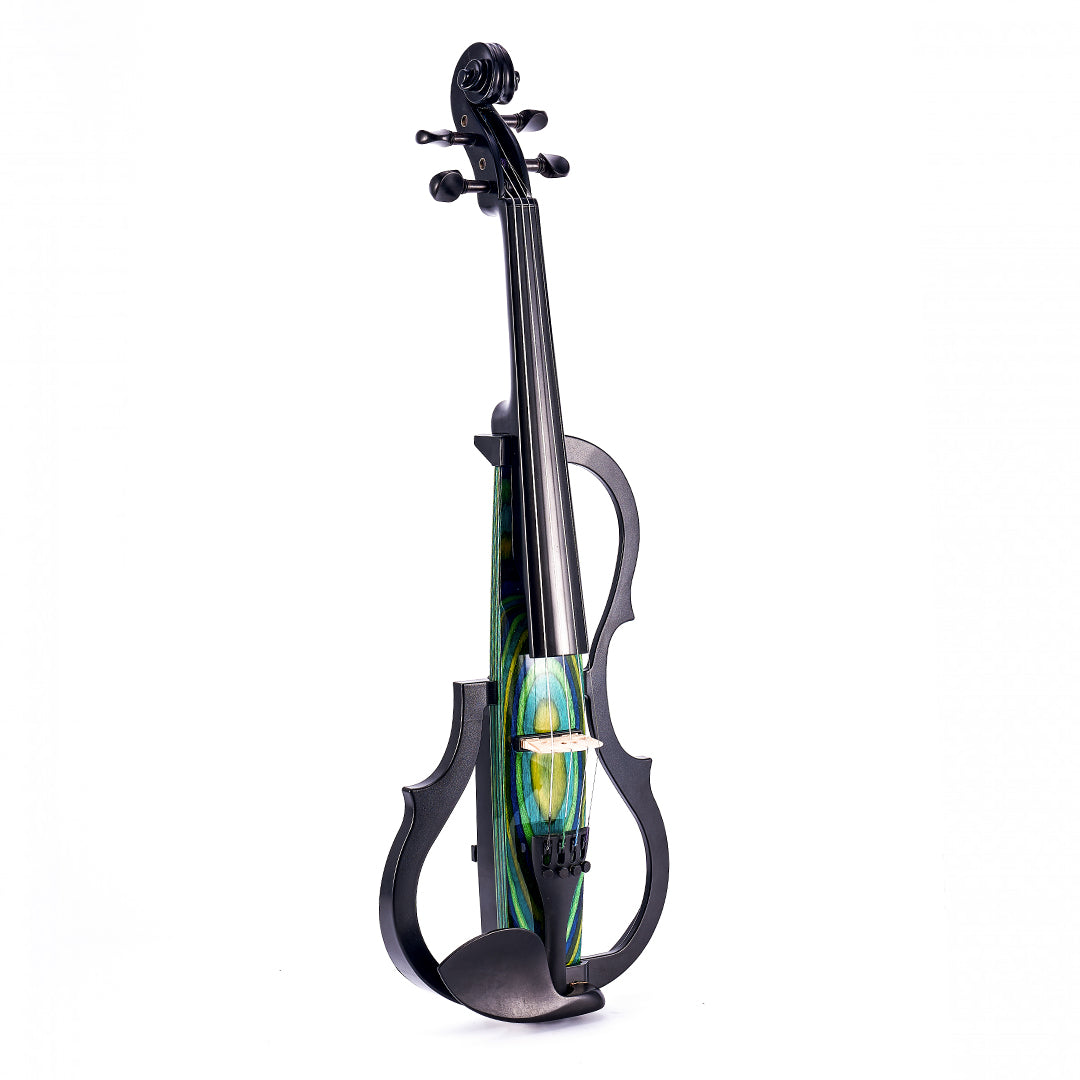
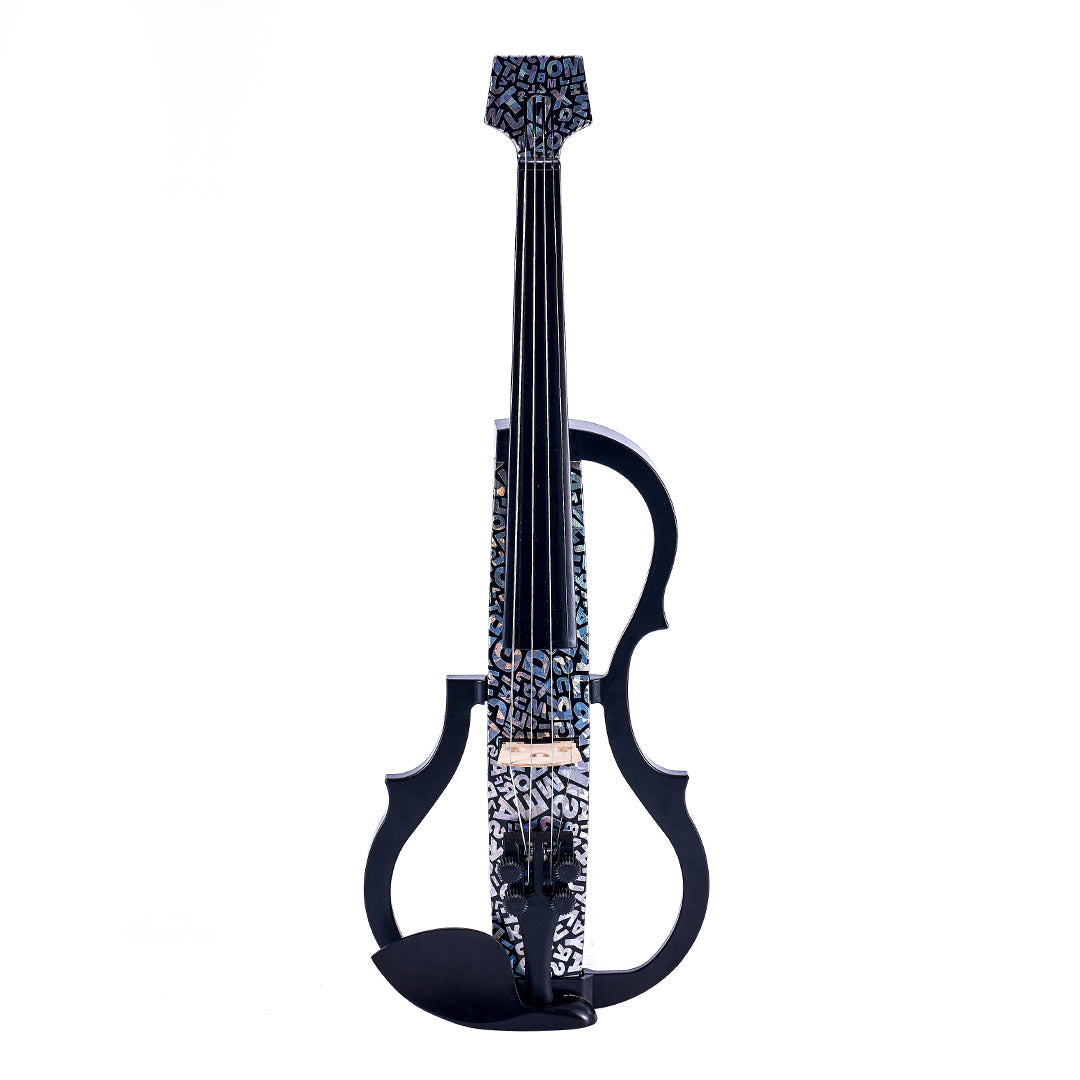


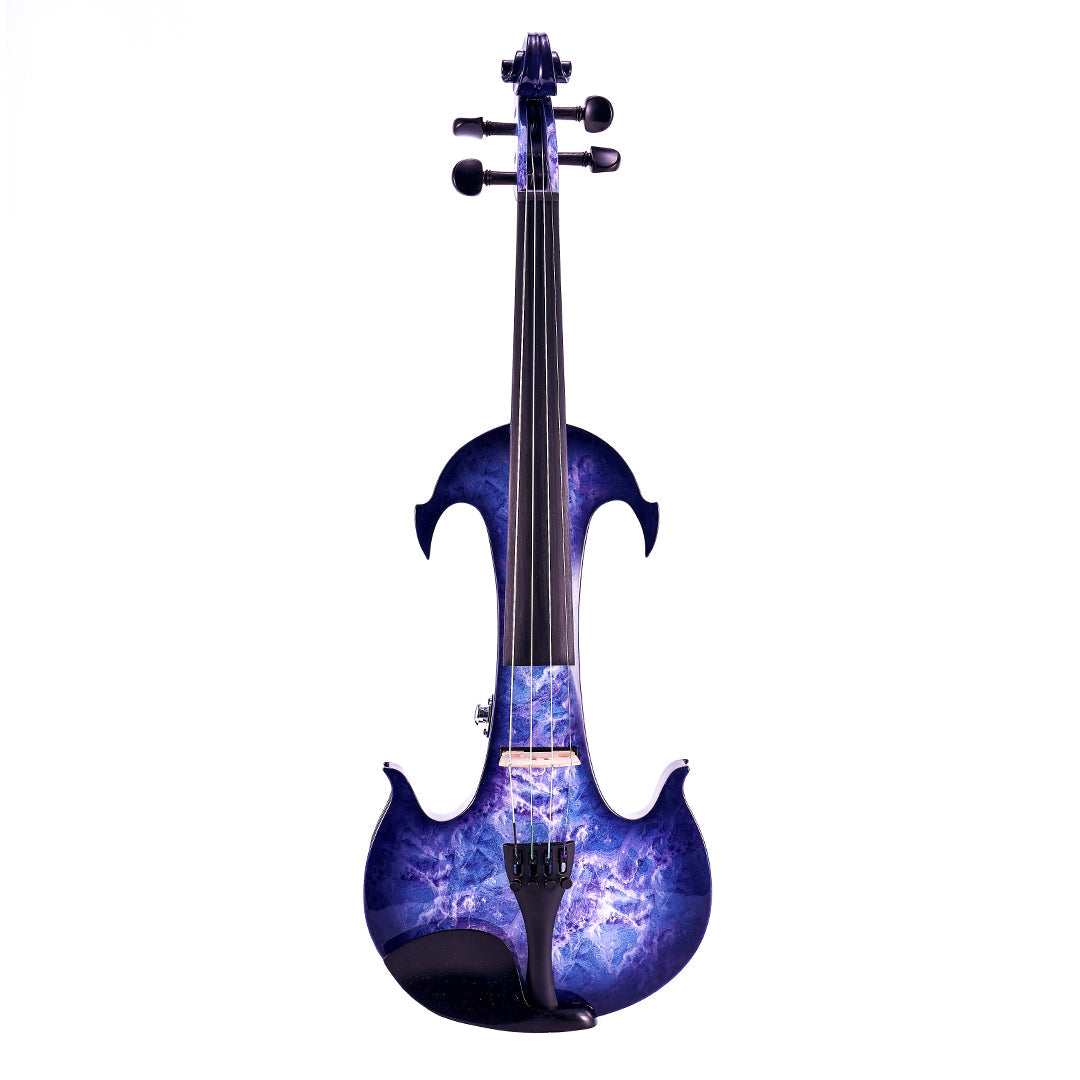
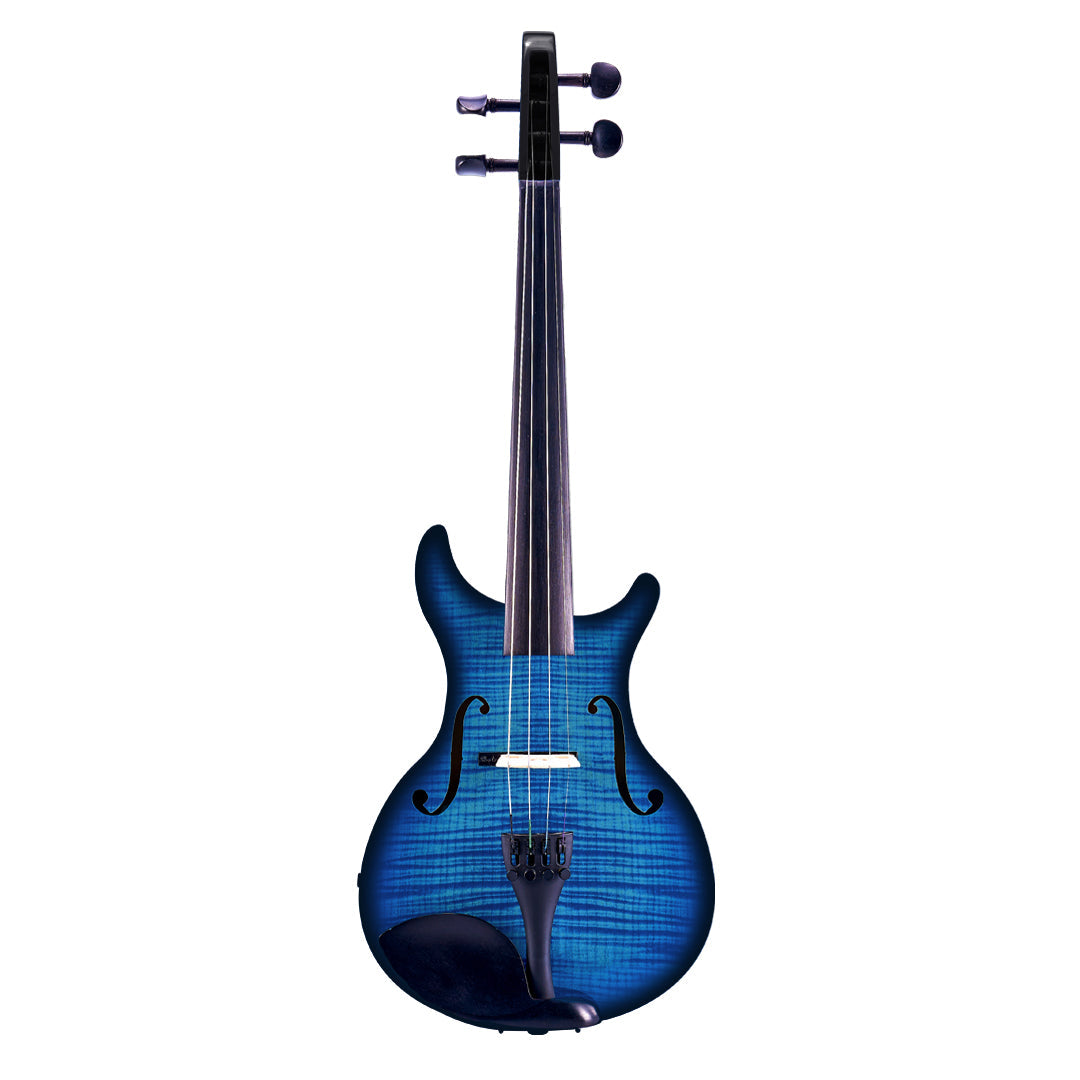
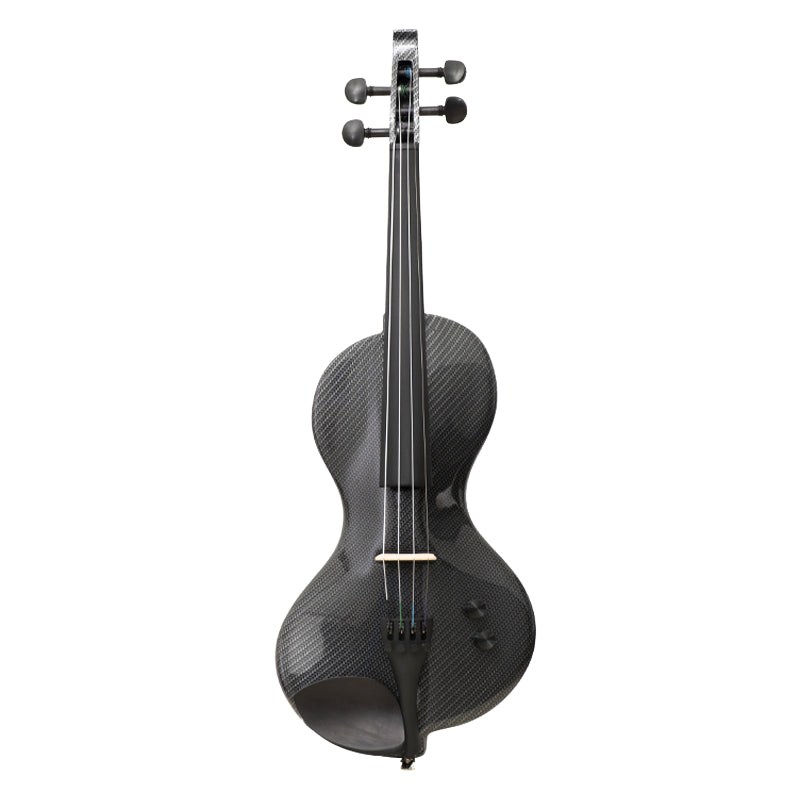
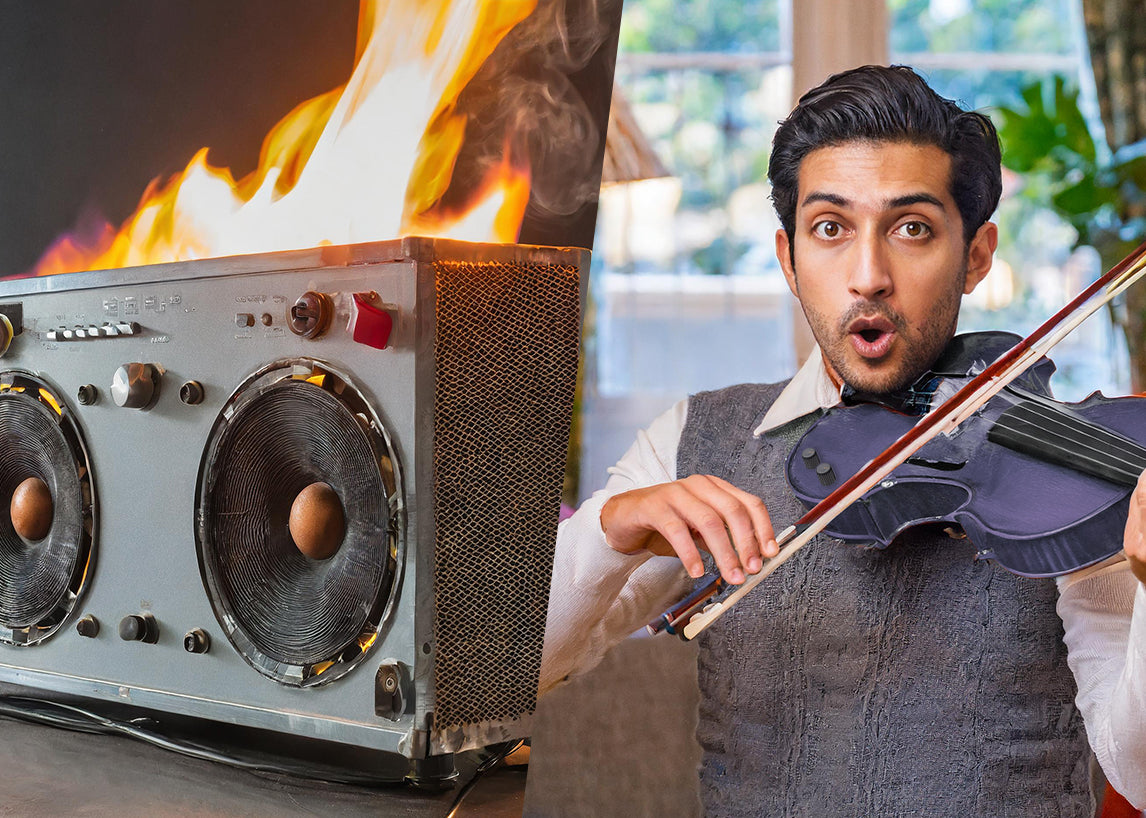
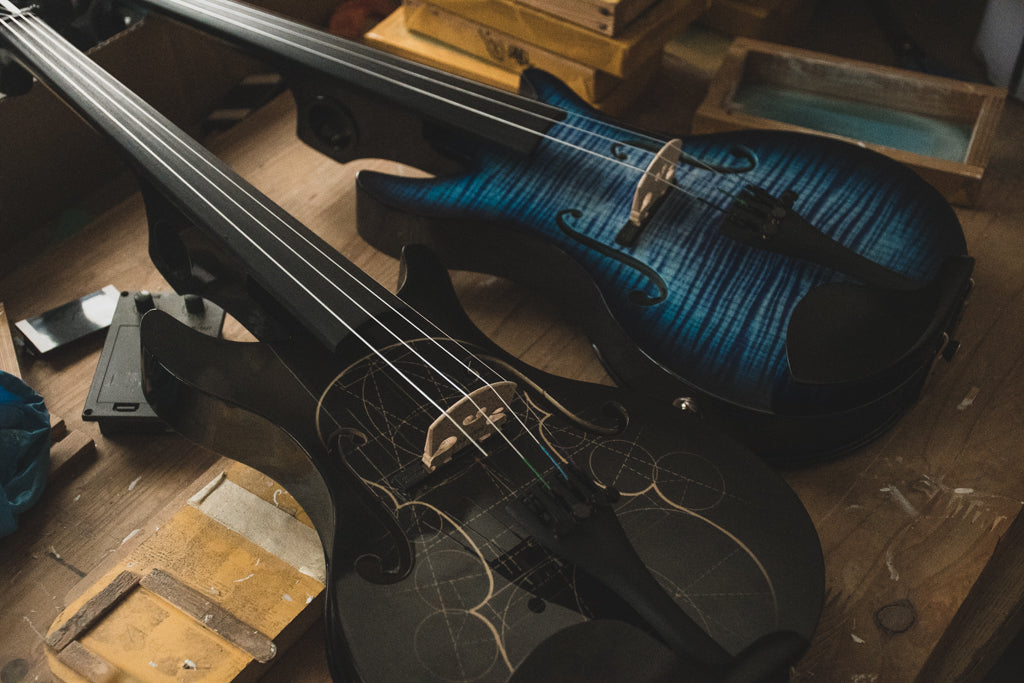
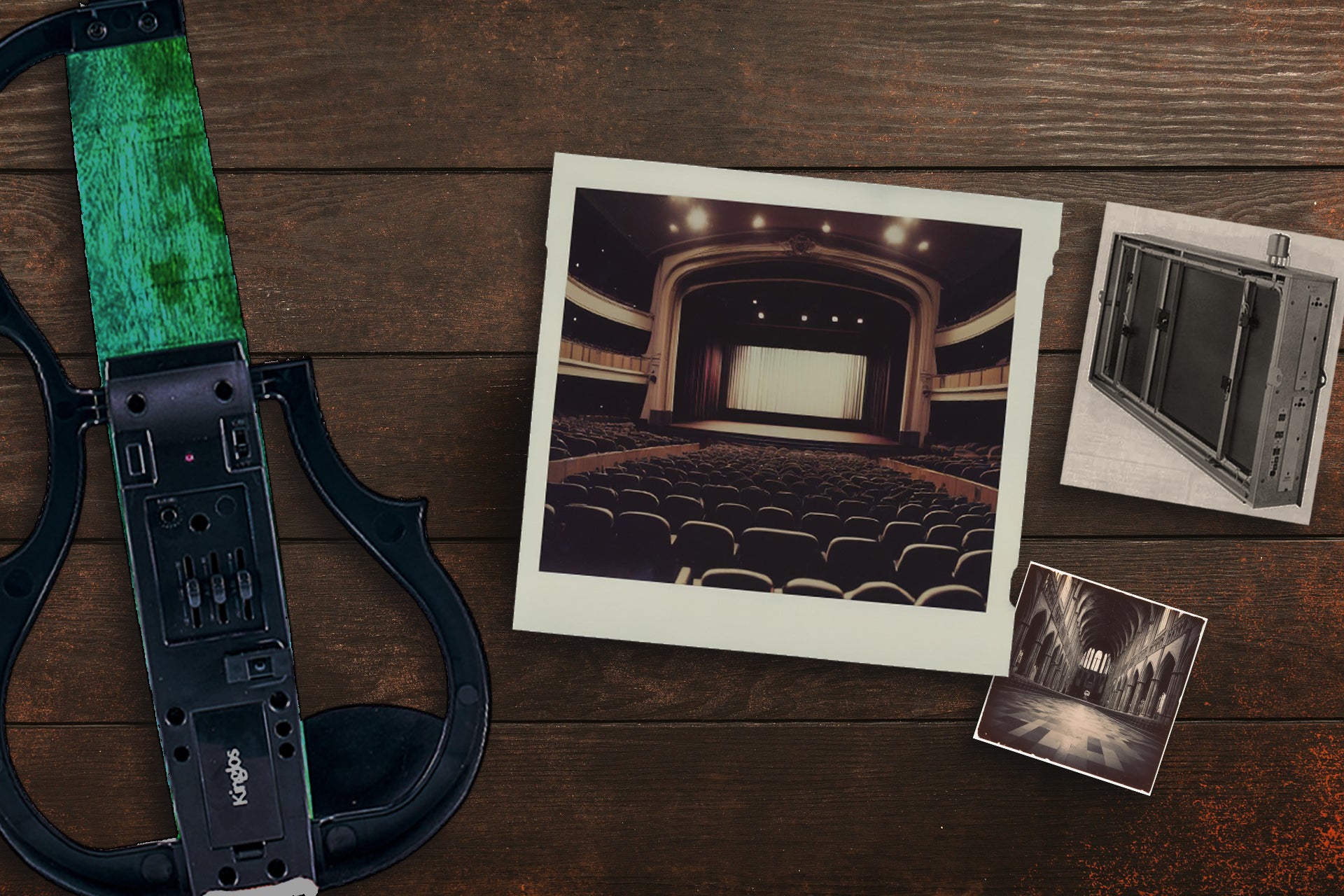
Leave a comment